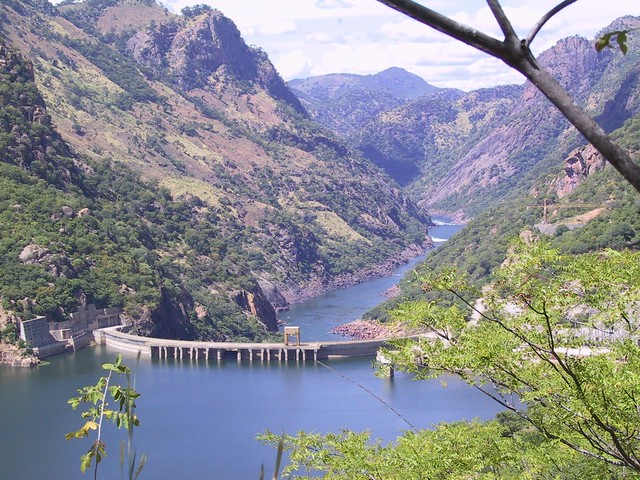By Phephile Motau
Eswatini stands to benefit from a multi-billion hydropower project that is being established between Angola and Namibia.
The project is one of those which were discussed during the Dakar Financing Summit where E2.7 trillion ($160 billion) worth of infrastructure projects for Africa were showcased.
The Baynes hydropower project has an estimated value of over E22 billion (US$1.34 billion) which is proposed to be built on the Cunene River, approximately 40km downstream from the Epupa Falls, is a proposed regional power generation infrastructure project, planned for joint development by the Angola-Namibia Permanent Joint Technical Commission (PJTC).
The project entails the construction of a 200 m-high Concrete-Faced Rock-Filled Dam with a total design capacity of 600 MW. According to the African Development Bank (AfDB), the Baynes Hydropower project will benefit Angola, Botswana, the Democratic Republic of the Congo, Eswatini, Lesotho, Malawi, Mozambique, Namibia, South Africa, Tanzania, Zambia, and Zimbabwe.
These countries are part of the South African Power Pool (SAPP). The project directly integrates into the Angola – Namibia (ANNA) regional interconnector project, interconnecting Angola to the SAPP. Previously, Angola was not connected to the SAPP power grid, meaning their electricity could be sold in some of the other SAPP countries.
The project will contribute to increased SAPP Energy Market capacity. This means the power plants will be available for generating electricity when needed. In exchange, the SAPP will provide payments to these power plants.
The project is also expected to contribute to the energy security of the Southern African Development Community (SADC). The power project will contribute to balancing regional power markets, and improve the reliability and security of electricity supply for both Namibia and Angola and to the rest of the SAPP network, as a mid-merit/peaking power.
Eswatini imports 80 per cent of its power from the SAPP. With both South Africa and Mozambique experiencing electricity shortages, the SAPP requires new sources of energy, which this project will provide. According to a statement by the AfDB, African heads of government, the African Development Bank, development finance institutions, and institutional investors gathered to draw the modalities for pushing the projects to completion by 2030.
The African Union Development Agency and the Government of Senegal co-hosted the summit. The AfDB said the 69 projects fell under the Programme for Infrastructure Development in Africa (PIDA), a blueprint to increase Africa’s competitiveness and economic integration.
PIDA’s Priority Action Plan 2, was adopted by the AU Assembly of Heads of State and Government in 2021. The 69 projects, which come from all five of Africa’s regions, are being implemented by regional bodies and unions, including the Economic Community of West African States (ECOWAS), Common Market for Eastern and Southern Africa (COMESA) and Southern African Development Community (SADC).
Eswatini could benefit from E22bn Baynes Hydropower

The Mpakeni Dam Construction tender is under scrutiny over the exclusion of local companies.